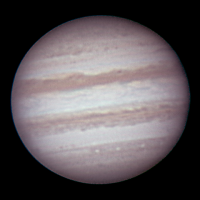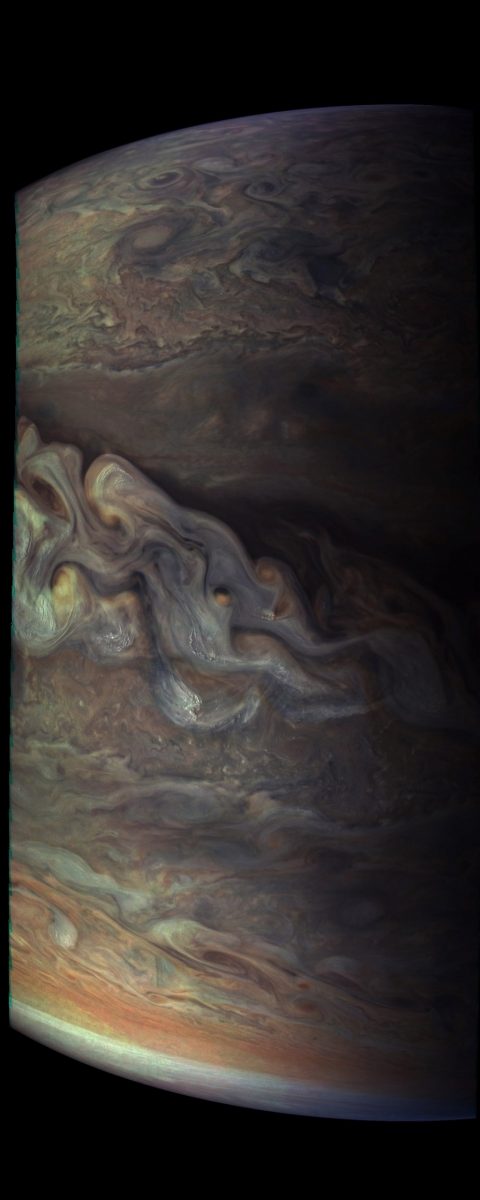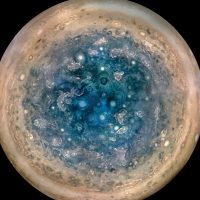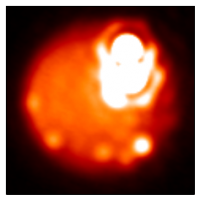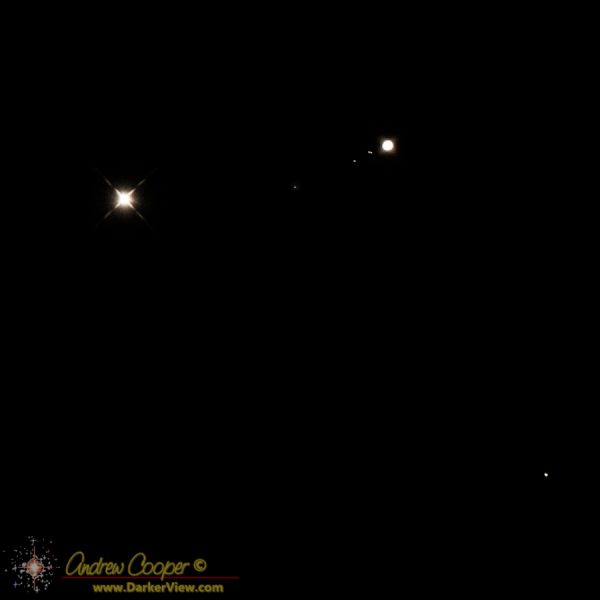Observant sky watchers will have noticed that the two brightest planets in our skies have been drawing close together. Jupiter and Venus are currently about 2° apart. Sunday evening will see them at their closest for viewers in the islands at just under 1.5° apart. Monday will see the pair very slightly further apart at just over 1.5° separation.
After Monday the two will gradually separate further with Jupiter disappearing into the sunset in mid-December while Venus continues to climb further from the Sun until maximum elongation on March 24, 2020.
On Wednesday the 27th a thin crescent Moon will join these bright planets, just 5° below Jupiter. On Thursday the 28th the Moon will be 4° above Venus. The three should make for quite a spectacular sight in the glow of sunset.
A degree and a half separation will allow both to fit in the field of view of very low power telescopes and binoculars, a bit much to fit both in the field of view of most telescopes.


